Much like your own family tree, data’s lineage can be tracked down to its origins.
“Data lineage is the process of tracking and documenting the flow of data from its source, including all the intermediate processes and transformations it undergoes.”
Consider a financial institution that relies on various data sources to generate reports for regulatory compliance. In this scenario, data lineage ensures accuracy and compliance.
Data lineage is effective because it:
- Identifies source systems (ie. transactional databases and external data feeds).
- Documents each touchpoint of data including any integration or consolidation processes.
In the case of any issues or discrepancies, data lineage allows the organization to identify the root cause quickly. For example, if a report shows unexpected results, the data lineage documentation helps trace back to the specific source system, transformation, or integration point where the issue may have originated. This enables organizations to promptly rectify errors, ensure data integrity, and maintain regulatory compliance.
Some Data Lineage use cases include:
- Data modeling: visual representations of data elements and their linkages
- Data migration: helps organizations plan migration or upgrade transitions
- Compliance mechanisms for auditing: ensuring data is stored and processed up to par with regulations and policies
- Impact of business changes: help leaders understand how changes might affect users
By documenting the lineage, organizations can ensure data accuracy, integrity, and compliance, enabling informed decision-making and building trust in data-driven processes.

